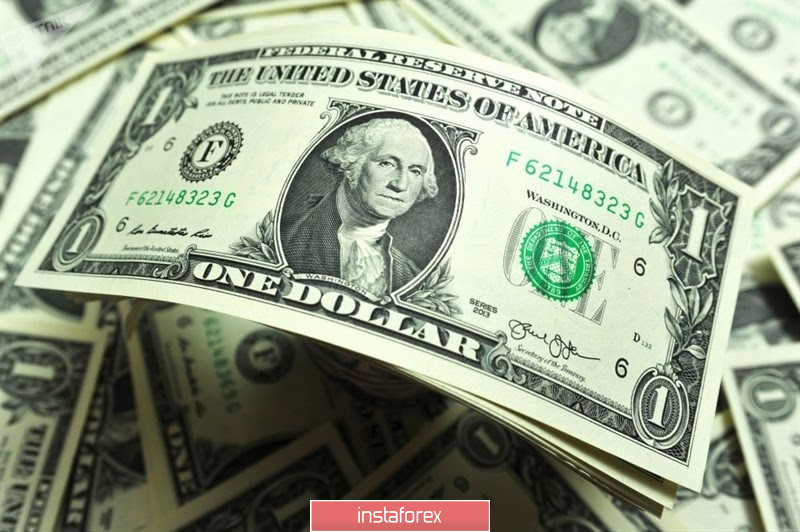
The decision of the Federal Reserve to introduce unprecedented incentives weakened the position of the US currency and made it possible for the EUR/USD pair to move away from the lowest values since 2017 near 1.0670.
The markets felt some relief, which contrasted sharply with the panic of last week, when investors sold everything except the US dollar.
"Markets are preparing for a powerful influx of liquidity from the US central bank. The liquidity that the regulator provides, starting with swap lines and ending with other internal measures, makes it clear to the markets that he acts as an international lender of last resort during the crisis," said Nathan Sheets, a former FOMC economist.
The Fed has promised to intervene in the corporate bond market and expand the provision of liquidity in the money market. The central bank also noted that the quantitative easing program is not limited by anything.
Recent statements by the Fed have helped calm markets, but the worst is still to come.
"The Fed's actions will help the market, but if the damage from the economic downturn is stronger than expected, these measures will not be enough. How effective they will ultimately depend on how long the spread of coronavirus infection lasts," said Toru Sasaki, head of research at JPMorgan Chase, Japan.
In recent Fed comments, the euro has sharply risen against the US dollar, climbing above the $1.0870 mark.

To date, more coronavirus deaths have been reported in Italy than in China, and this figure is growing at a double-digit rate. France and Germany found themselves in the same boat as Spain, having adopted fears of a chain reaction.
Even if the governments of European countries do their best, as former ECB head M. Draghi said, the turning point in the economy will come only when Italy and the rest of the countries can confidently overcome the coronavirus and, more importantly for the markets, remove restrictions. At the same time, the discovery of an effective vaccine will be even more welcoming news, but this may take more than one month. Therefore, the EUR/USD pair should trade below 1.05, and it is only a matter of time.
Nomura strategist Jordan Rochester believes that the US currency has reasons to strengthen, despite the unlimited infusion of dollars into the global financial system.
"Quantitative easing by the Fed without limiting the volume will lead to some relief from the tense situation with dollar liquidity, but it will not fundamentally change the fact that many countries will have to significantly increase their budget deficits, and dollars will not be enough," he said.
According to Hong Guo, head of market analysis at ANZ Bank, the fall in the USD index from 103 is just profit-taking, not a reversal of its upward trend.
"The Fed has announced indefinite additional stimulus, and some steam has come out of the dollar rally," he said.
"We will probably see the dollar consolidate for a while, but the key will be how other major central banks react to the Fed's actions. If the ECB and the Bank of Japan also start announcing their own additional measures, this will push the USD index to 105 in the short term," the expert believes.
Thus, it seems that the greenback only dozed off on the throne, but is not going to leave it. The US currency simply takes a breath after an aggressive rally provoked by high demand for dollar liquidity.





















